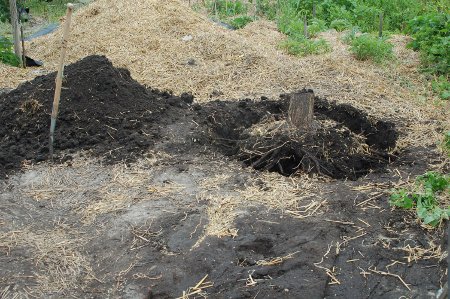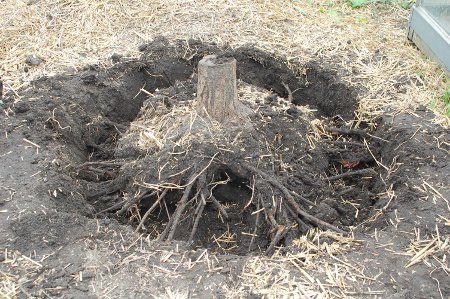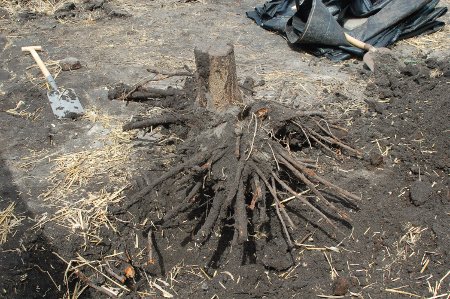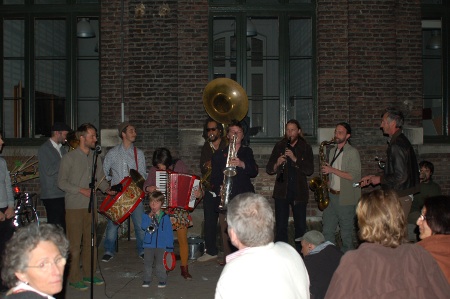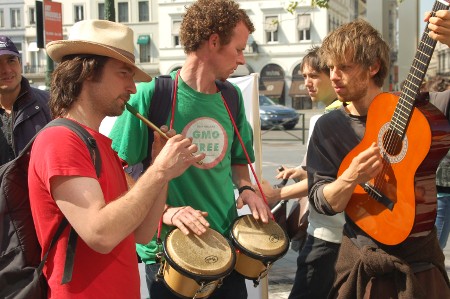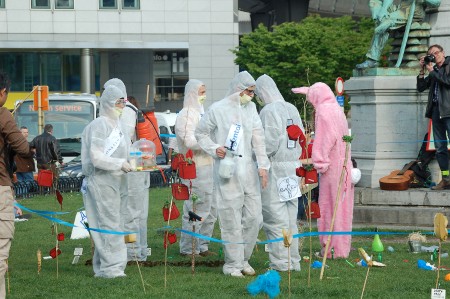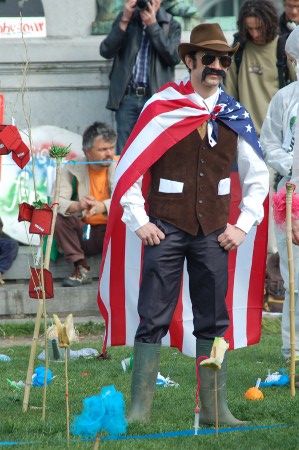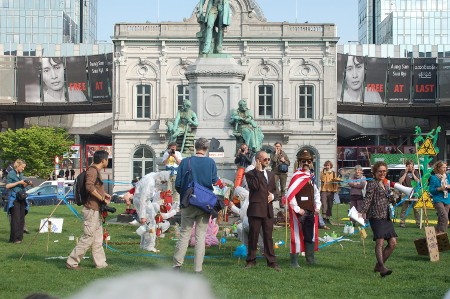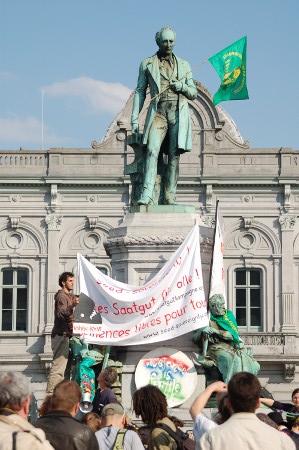These are two pieces of ceramics I came across in the last month. It’s funny, I don’t think I’ve ever come across old ceramics here in the ground, so twice in one month is all that much more unusual.
On the top is by far the most special find. This was found by the contractor working on my house foundation, and it’s a 300+ year old piece of Makkumer tile, made by the oldest still operating business in the country, Koninklijke Tichelaar Makkum. It’s also still a family business, passed on from one generation to the next. This will be the last generation however, because the current generation of children have other interests.
The piece of ceramic below, I don’t know much about other than it appears to be part of a lid to something, because underneath is a lip to hold it in place. I doubt it’s more than 100 years old, but I don’t know. I found it while digging in my community garden. The previous gardener had built a foundation for a greenhouse by driving fence posts deep into the ground, and in the course of removing them I had to dig a very deep hole. I found this piece of ceramic about one meter deep.
It’s really quite a vivid blue color for being so old, and it makes me wonder a bit what kind of very toxic chemicals may be in the glaze. Anyone have any idea? Cobolt maybe? We were just discussing this kind of thing here.



